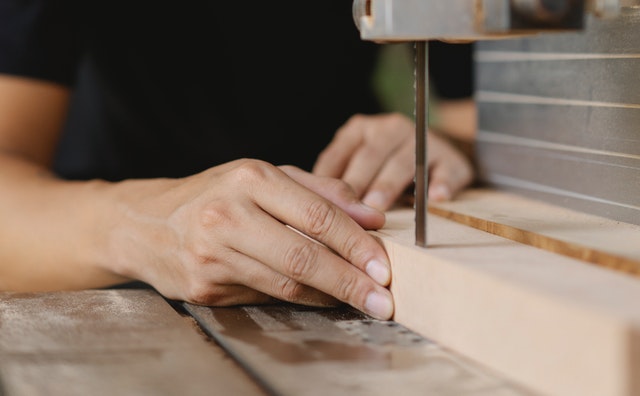Leichhardt is known as Sydney’s Little Italy. If you’re a designer or contractor with a Leichhardt project, you’re probably thinking how to blend in with the culture and history. You’ll need to incorporate brick and stone materials so knowing which blade to use will deliver the best work results. It’s best to use Diamond Blades when cutting hard materials such as masonry, concrete and natural stone.
They are slightly pricier than abrasive blades, but they benefit you in the long run since they have a longer lifespan. It can also save time to use when you don’t have to change your blades so frequently.
Table of Contents
What is it made of?
High-quality steel with synthetic diamonds is embedded in the blade. With frequent use, diamonds get fractured and fall off the blade. However, it retains its effectiveness by exposing a new layer for every segment that wears off the bond. Bonds are what holds diamonds in place. Different bonds have different wear capacity known as hard, medium, and soft. Softer materials use more hardened blades, and harder materials use more delicate blades.
Make the Cut
Diamond Blades are used with a circular saw to cut tough materials, especially those a regular steel blade cannot. It is called a cutting tool, but it is more appropriately a grinding tool. The blade rotates at such speed, the exposed diamonds on the blade’s surface grind the material, turning it into powder or dust.
When to Use Wet and Dry Cut
- Wet cutting
From the term itself, this cut uses water in assisting the blade to go through thick materials. When blades are wet, they are less prone to overheating and wearing; this also reduces hazards caused by dust particles.
- Dry cutting
The dry cut is mostly for indoor use or when there is no specific water source in the site. Without water, it needs ample airflow by gradually spinning to a stop to reduce overheating. This cut is suitable for small scale cutting, shaping, detailing, and finishing.
Types of Diamond Blades
- Segmented
Most popular and used generally, a segmented blade produces the fastest and roughest cuts. It is a dry-cutting blade mostly used in concrete pavers, masonry, and asphalt. The blade has gullets or segments that allow cooling of the blade core so it won’t overheat.
- Continuous
Also called wet-cut blades, continuous rim blades cut the slowest of the three. It has softer bonds for harder materials like ceramic and porcelain tile, but also marble and granite. These materials chip easily, thus needing a slow and sure way to powder the delicate surface. This blade cuts the cleanest and is excellent for exposed surfaces of the material. Since it has no serrations to dissipate heat, water is needed to keep it cool.
- Serrated
The Turbo or serrated blade combines segmented and continuous blade types and has the most extended lifespan. Suitable for wet and dry applications, it makes quicker and smoother cuts than segmented blades. Its serrations cool the blade by allowing airflow between the material and blade surface. It is used to cut tiles, natural stone, marble, granite, and very hard or dense material.
Spirit of the Place of Diamond Blades
There are ways to revive Leichhard’s culture through your work, especially when designers say vintage and earthy tones will be making a come-back. Achieve these looks with earthy brick textures, natural stones like terrazzo, and earth-toned porcelain through precise cuts with the proper tools.
